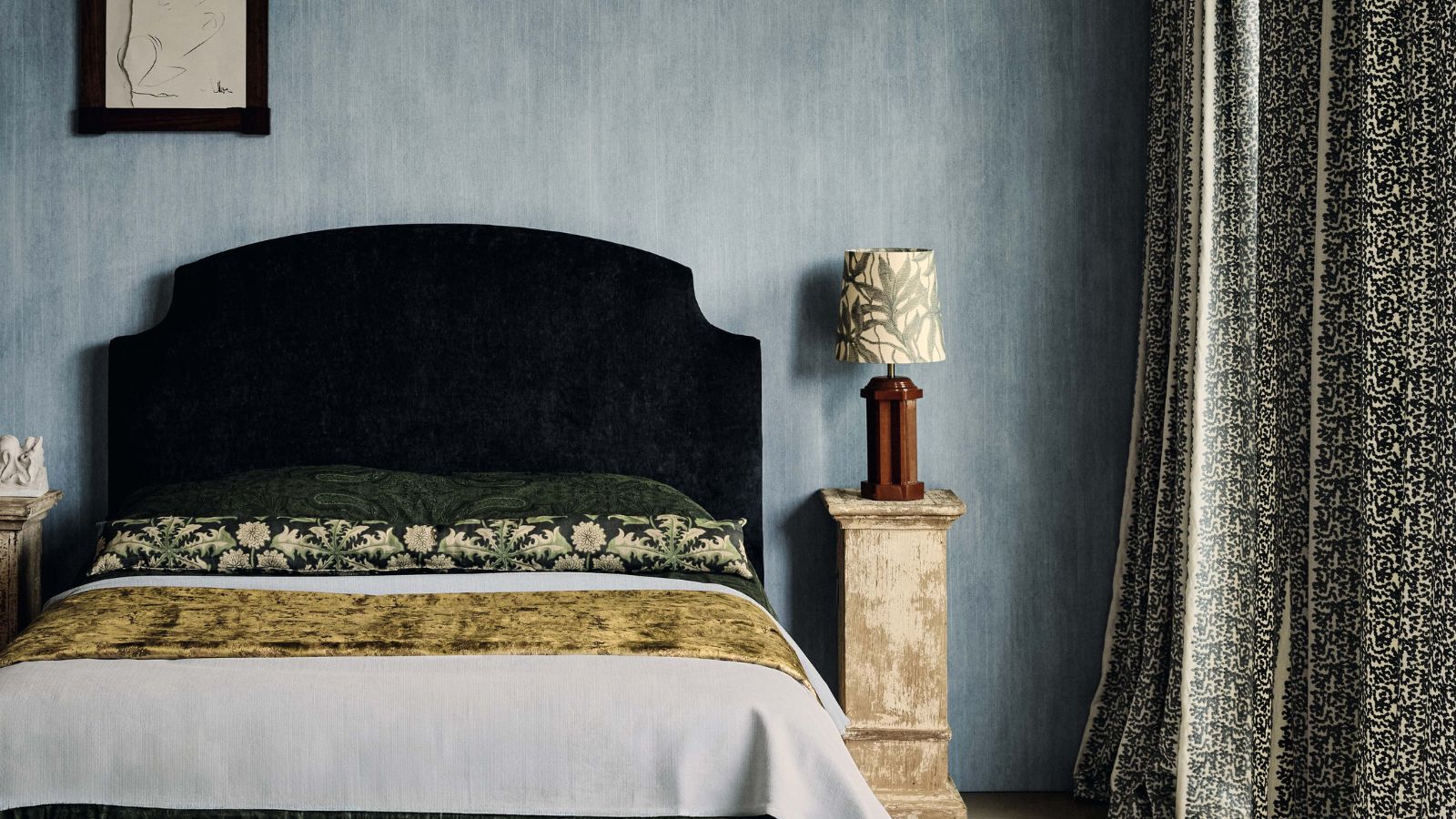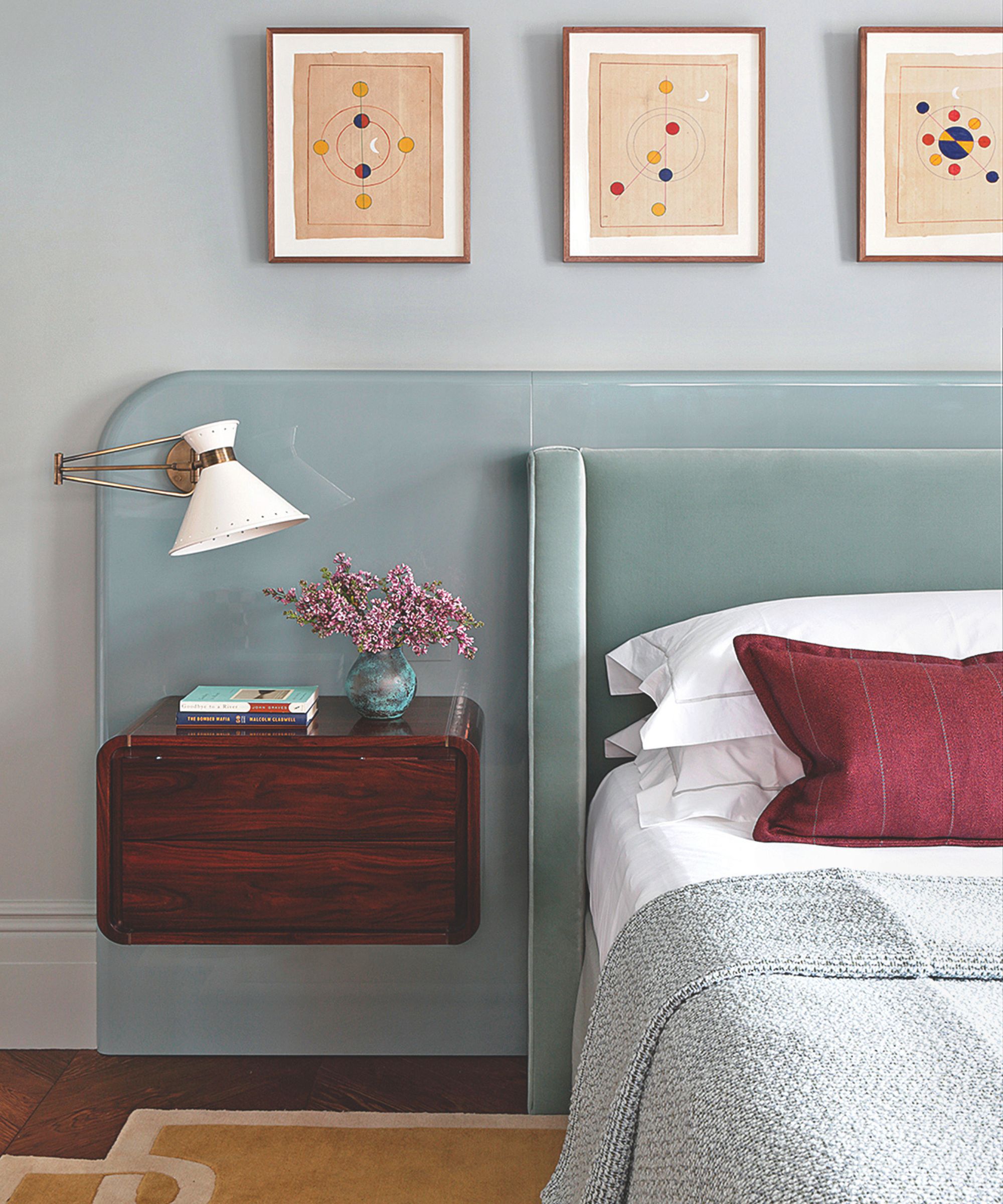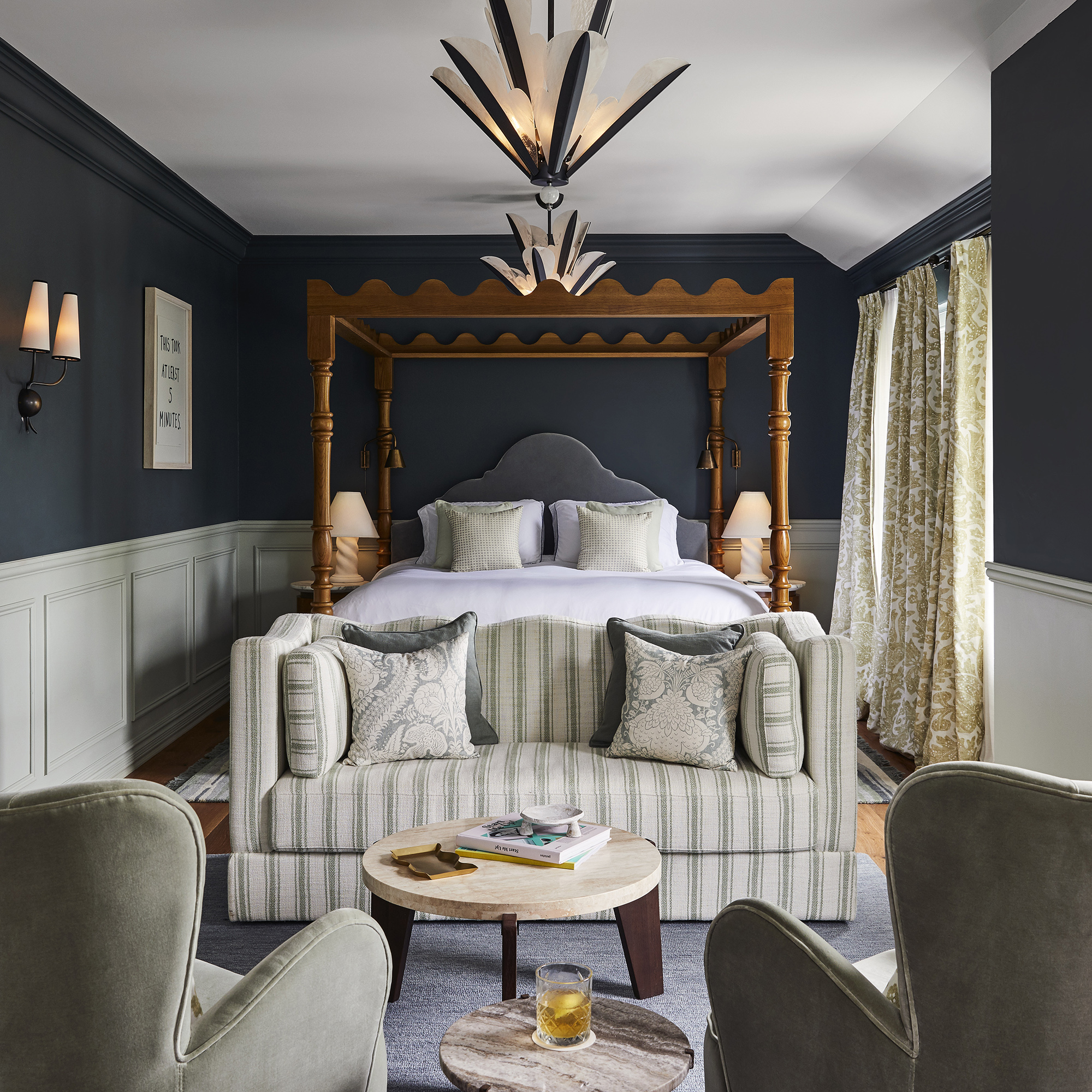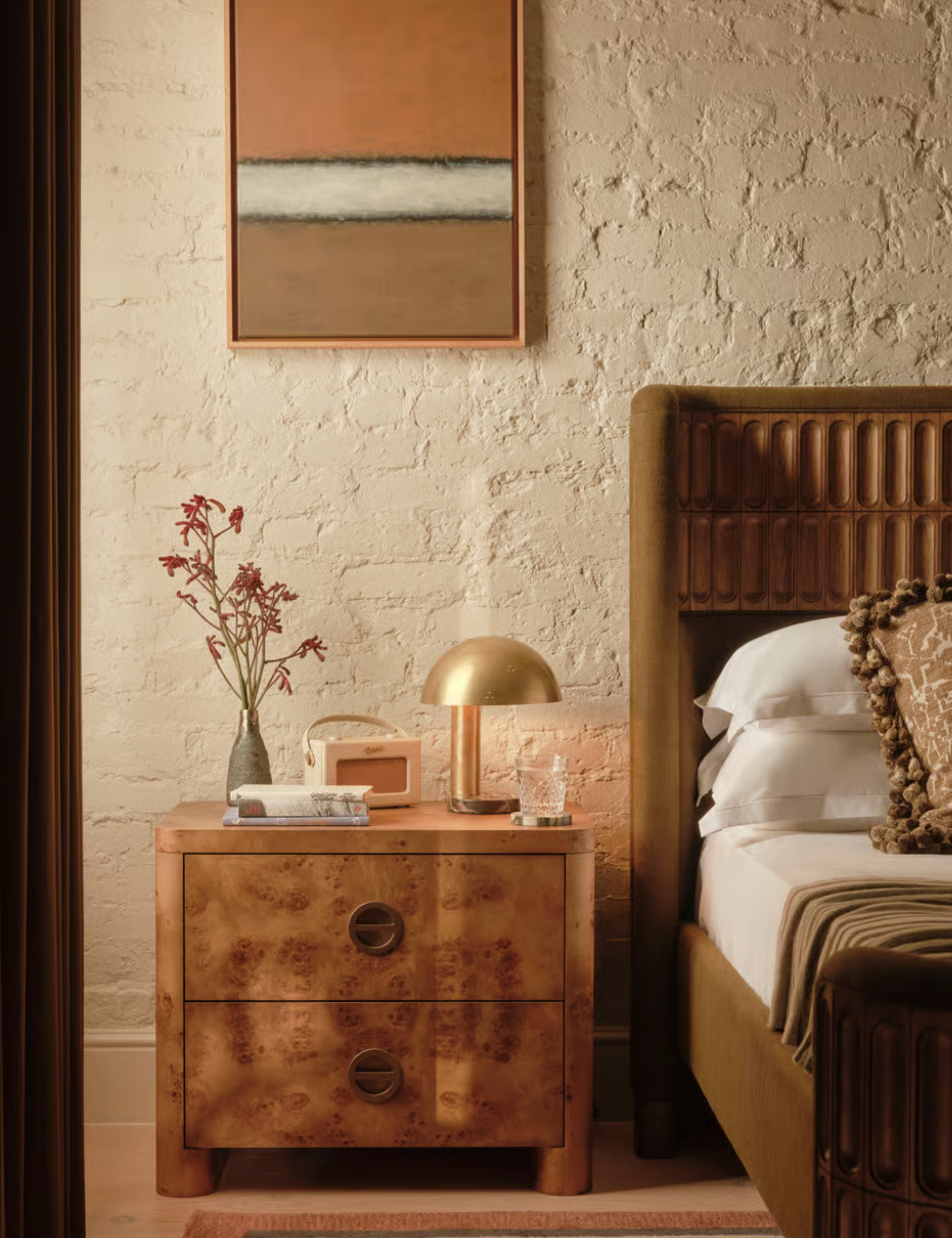8 design rules for a tailored bedroom that feels timeless, stylish and serene – and the pitfalls experts say to watch for
Interior design is borrowing principles from the world of fashion to transform the way we style our spaces. And it’s in the bedroom where the tailored look is taking off first


How you dress yourself and how you dress your house are, for the most part, from different design worlds. Yet an increasing number of leading interior designers are applying an approach that has its heart in fashion to their schemes – and in no place is this more evident than the way we style our bedrooms.
Fashion is full of rules many people are often ignorant of – but still enjoy subconsciously. The way that slim and voluminous forms combine, the lines that are formed through hems and tailoring, making legs look longer; the visual weight that big prints, patterns, and stripes have on small frames.
Interior designers are looking towards these cues – proportion, lines, finish, material – and applying them to create a look that means our bedrooms can be as tailored and measured as our sharpest of suits – with equally pleasing effects. And as with fashion, tailoring bedrooms comes with its own set of guidelines (and some products are perfect for it, as revealed in our new Tailored Bedroom capsule collection).

Rule 1. Prioritize structure and refinement
Structure and refinement in the bedroom layout is key to the tailored look. Furniture should look as if it’s been cut sharply to fit, with the role it plays in the wider room always in mind.
Start with a line-driven and sharp (rather than soft and flexible) approach to both the selection and positioning of key design elements. Pieces should not all shout at once, and nothing should be unnecessary.
The careful balancing of the individual pieces is vital, and contrast should be limited to one or two key moments, as Verity Woolf, interior designer and founder of Woolf Interior Architecture & Design, explains. 'This could be a bespoke headboard, a sculptural pendant light, or monolithic bedside tables in stone or lacquer. These interventions should carry weight, materially and visually, while maintaining total harmony.'
Rule 2. Balance with strong lines
It’s this balancing between the different impacts of bedroom elements that is key in ensuring a structured, precise arrangement. The look is all about strong architectural lines and structured upholstery.
Design expertise in your inbox – from inspiring decorating ideas and beautiful celebrity homes to practical gardening advice and shopping round-ups.
Designers such as Christian Bense and Linda Boronkay have an eye for the tailored detail in their rooms, with leather-wrapped handles, headboards carefully proportioned to the wall, and a refined, smart finish – all structured, anything but soft.
Rule 3. Edit ruthlessly
Tailoring is as much about what you take out as what you leave in – so ruthless editing is important here. Leave space around key pieces to ensure the detailing can be appreciated, and remove anything that creates visual noise. The strength of the look comes from discipline.
Rule 4. Work with a considered palette
So, carefully arranged elements with sharp lines and everything complementing each other is the premise. But it’s only part of the overall tailored bedroom look. Color and pattern are, as in all aspects of design, critical.
Colors in tailored bedrooms borrow from fashion styles – shades that feel considered, not casual, such as charcoal, ecru, navy, and tobacco. These bedroom colors are not designed to shout, but instead are designed to create a restful, harmonious, and sophisticated effect. It’s not impossible to bring in an accent (using a chair, for instance), but visual noise should be minimized – this is more important in the bedroom than any other room in the house.
Our bedrooms can be as tailored and measured as our sharpest of suits - with equally pleasing effects

Rule 5. Control the patterns
The same goes for pattern. As Kit Kemp, (who in her role as creative director of Firmdale Hotels, has been responsible for some of our favorite ever bedroom designs) explains, when talking through her approach to combining patterns and prints. 'I will only use one large repeat, one small repeat, and possibly a smaller geometric, otherwise it won’t be a restful experience.'
Rule 6. Keep neatness and details sharp
Neatness is critical to the tailored bedroom look, of course. So ensure bedroom storage is sleek, fuss-free, and plentiful. Control and refinement apply to the fabrics, too – piping, crisp pleats, never messy. The details matter just as much – handles in aged brass or stitched leather can add sophistication, much like cufflinks on a shirt. Piping is key - the impression of things being perfectly formed and finished.
Rule 7. Layer lighting with intent
Bedroom lighting should be a mix of structure and softness, with either statement pendants or sculptural sconces balanced by low-level lamps to soften the edges. The play between form and atmosphere is essential to keep the scheme sharp but comfortable.

Rule 8. Think new approach, not trend-hopping
While tailoring bedrooms gives a sophisticated, boutique-hotel style look, this is not about signalling a new design trend. Tailoring has, of course, been around for centuries, and the application of its principles to interiors signals a new way of thinking about how we approach design. It's not difficult to see why it’s becoming the new language of bedroom design.
Make a start on creating your own tailored bedroom with our capsule collection of specially selected products.

Sarah Spiteri is the Global Brand Director and Group Editor in Chief of Homes & Gardens, Livingetc and Ideal Home, leading the creative vision across three of the world’s leading interiors brands. With over 15 years’ experience in lifestyle media, she has grown these titles into multi-platform destinations for design inspiration. Sarah is also an experienced interior designer, having worked on both her own renovations and client projects.
You must confirm your public display name before commenting
Please logout and then login again, you will then be prompted to enter your display name.